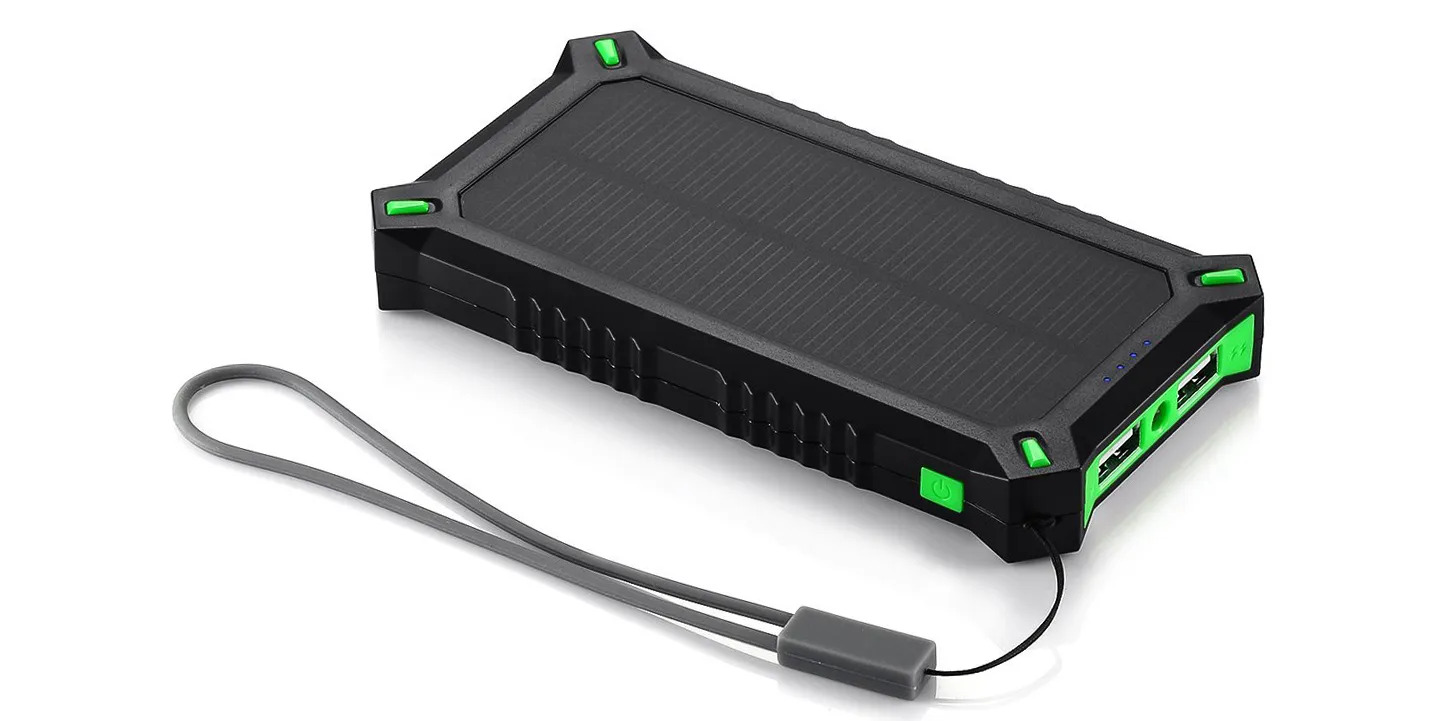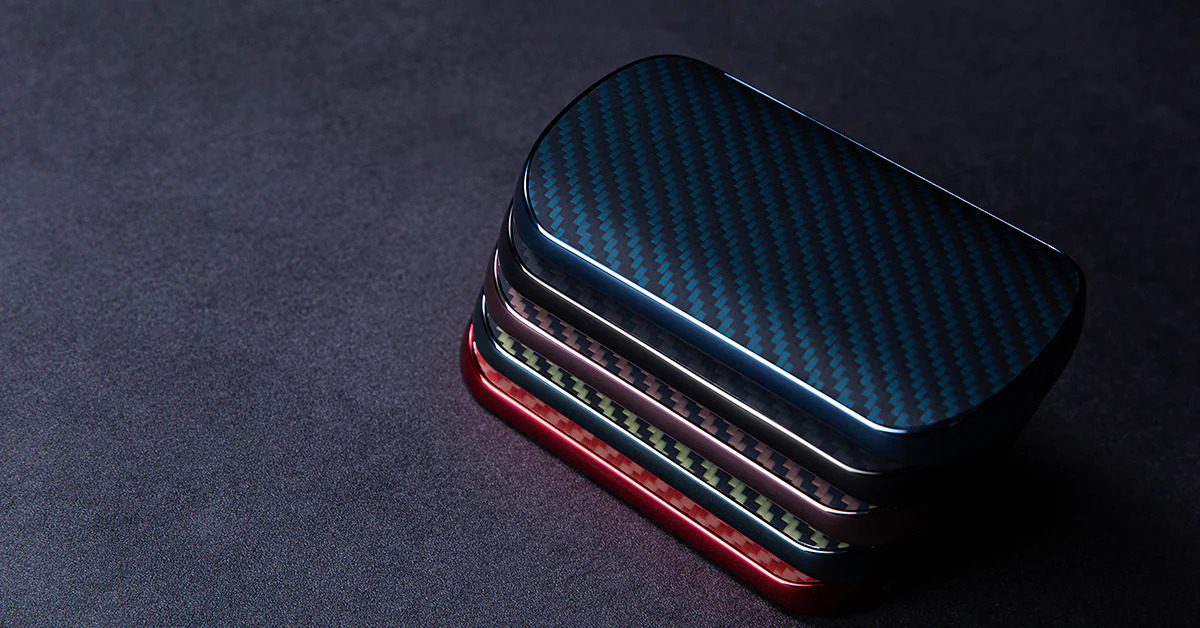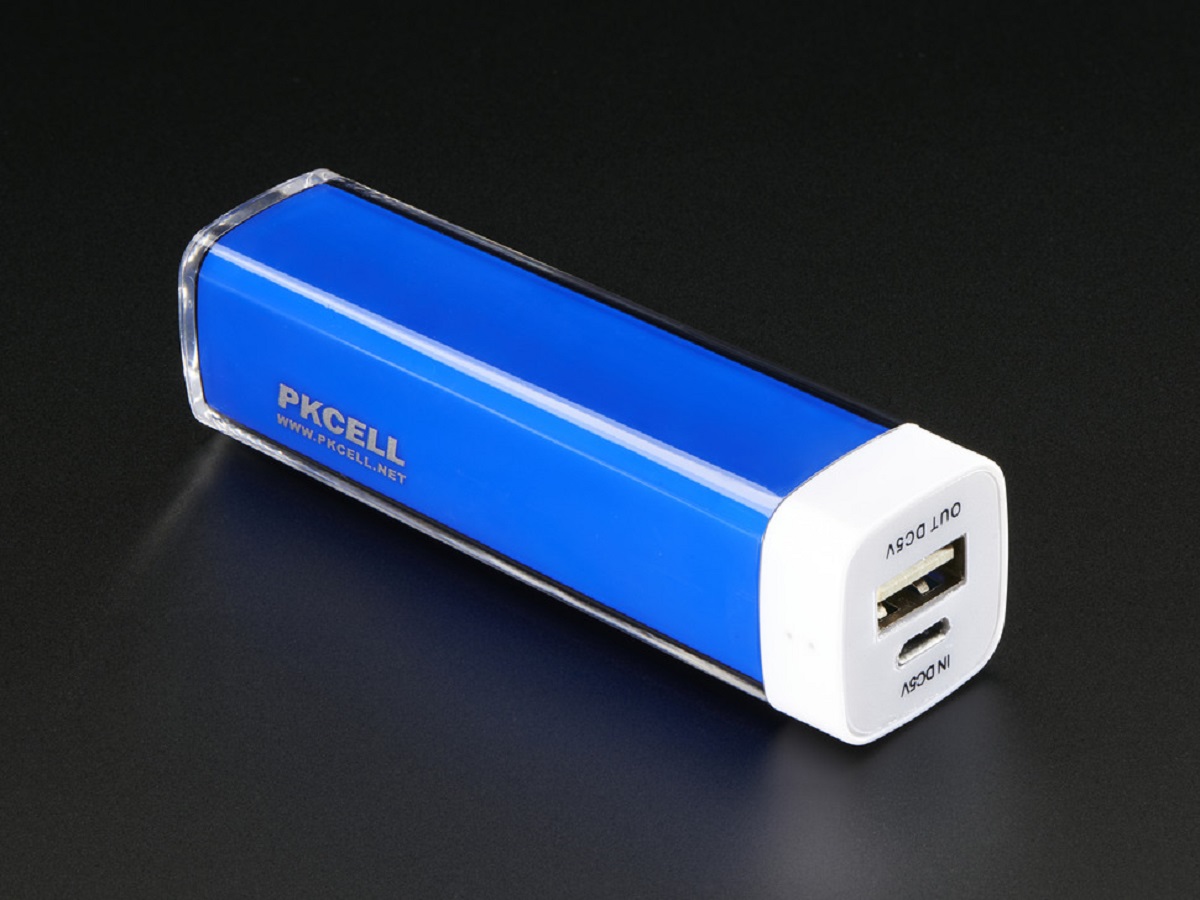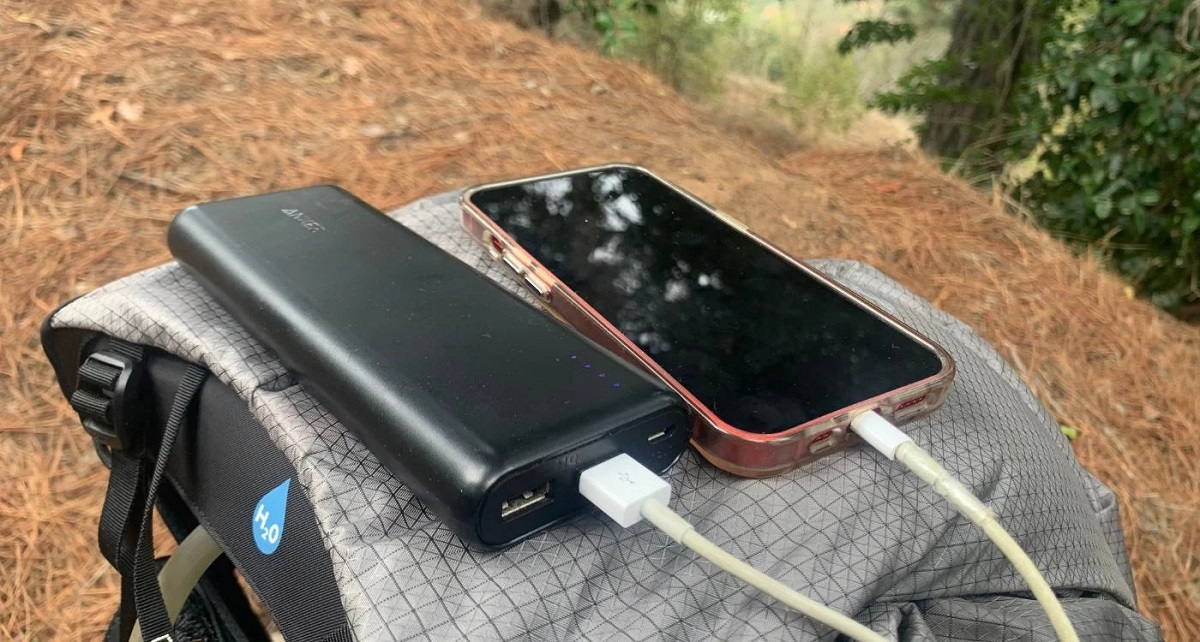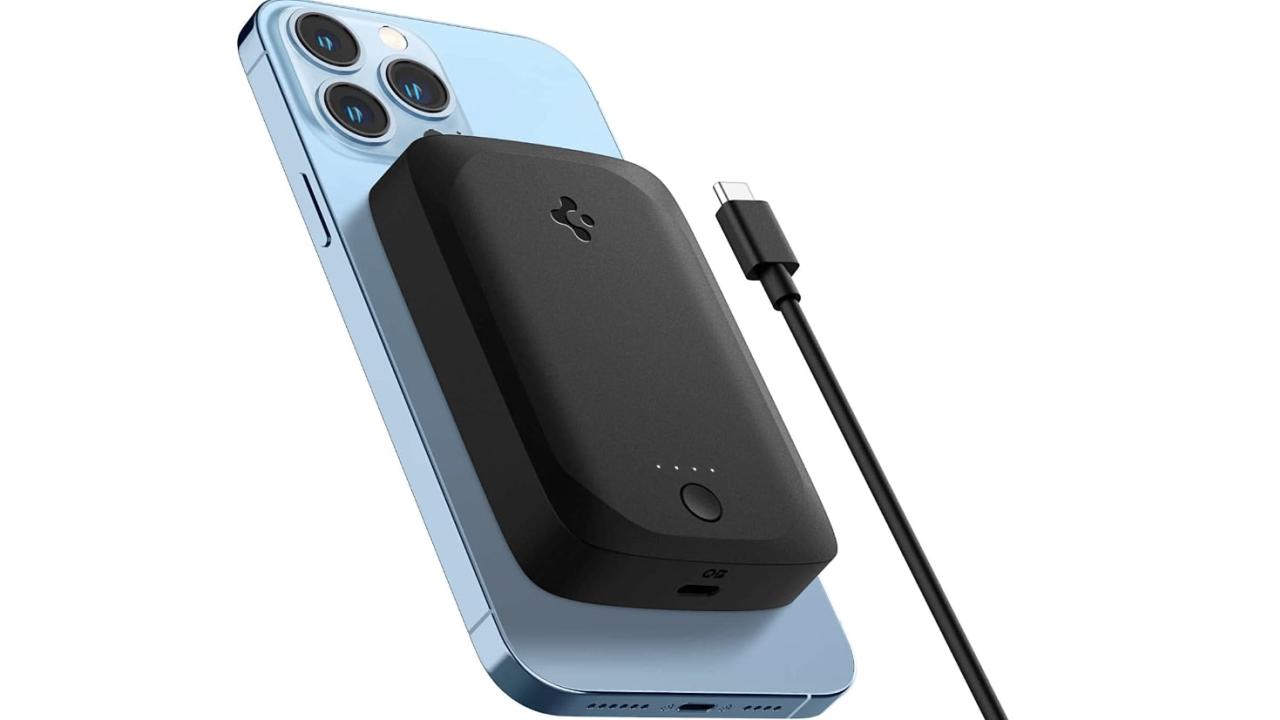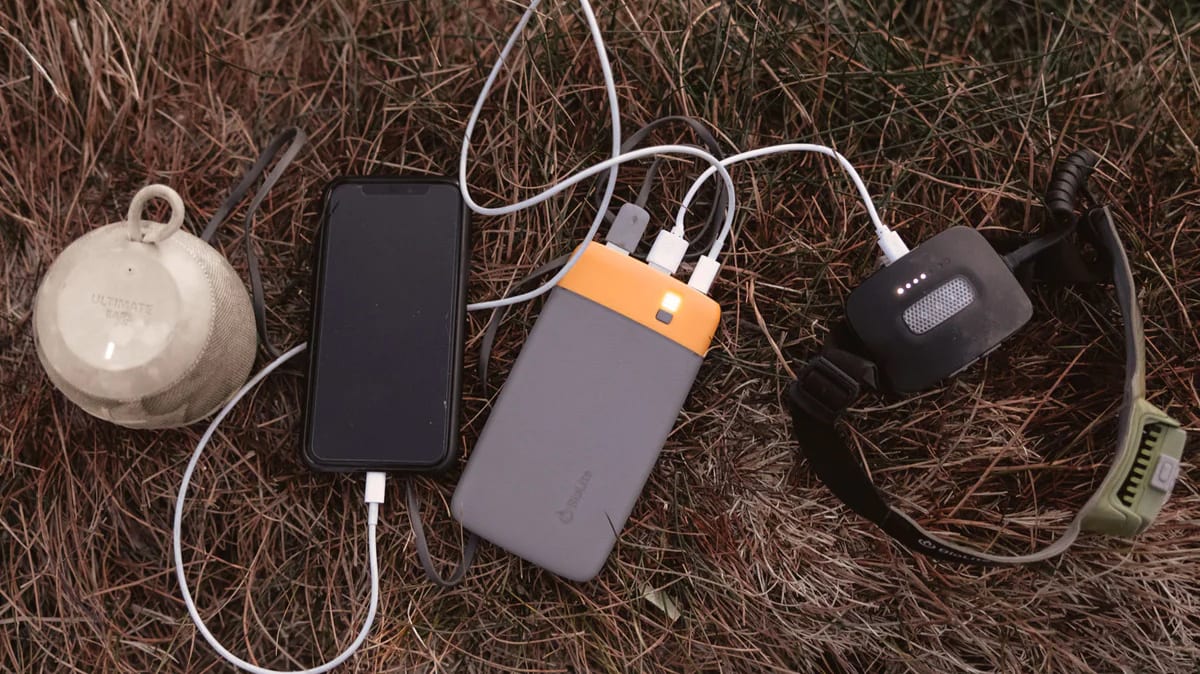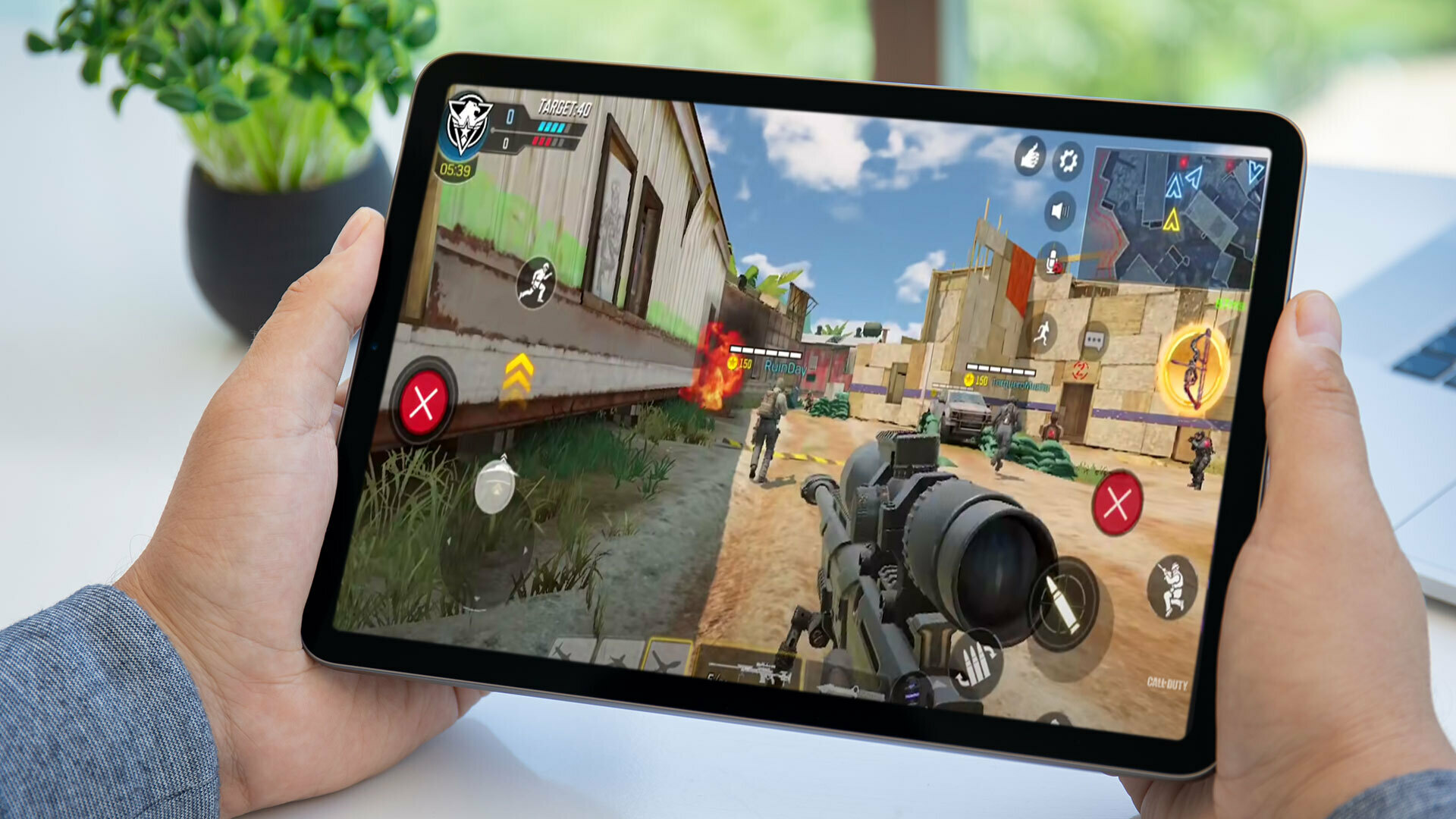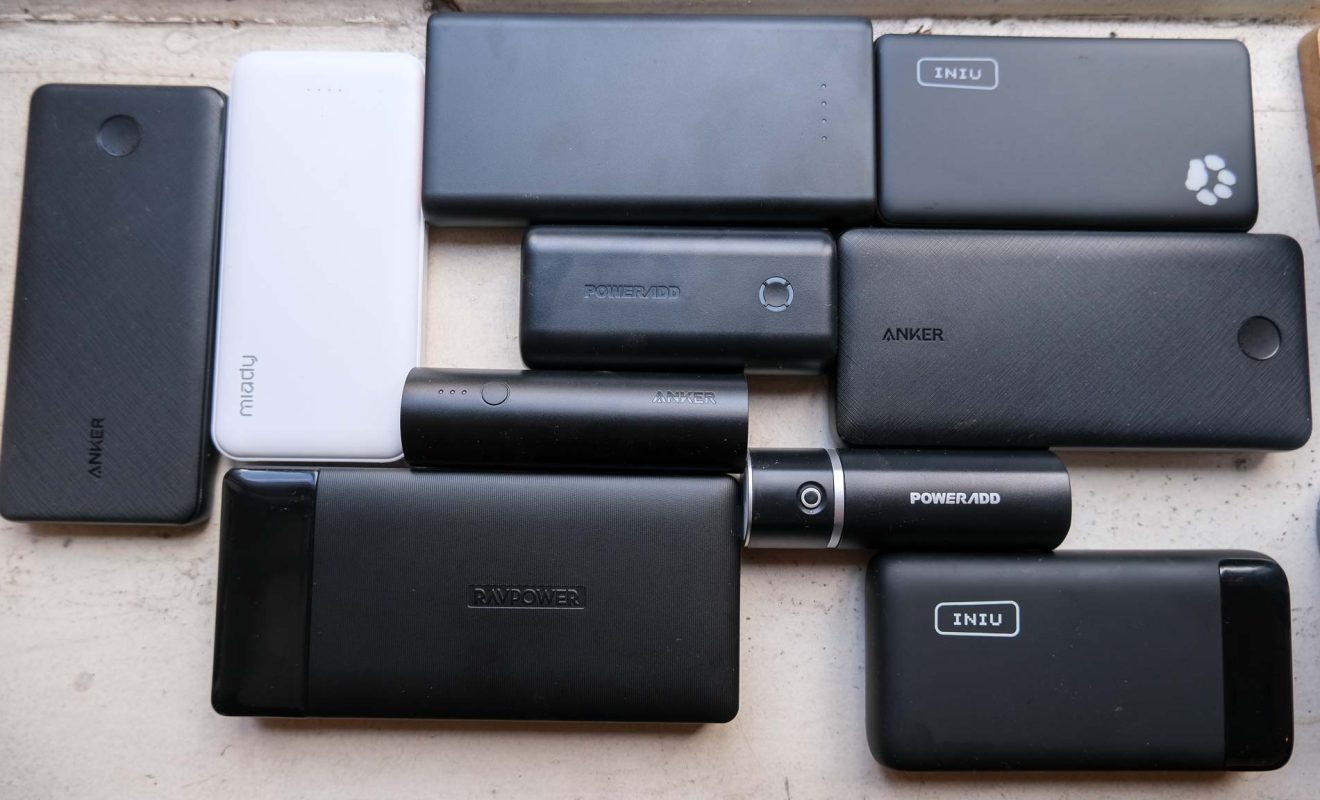Introduction
Welcome to our comprehensive guide on how many charges you can expect from an 8000mAh power bank. In today’s fast-paced digital age, having a reliable power source for our mobile devices has become essential. Power banks have gained immense popularity as they provide a convenient way to charge our smartphones, tablets, and other portable gadgets on the go.
In this article, we will delve into the working mechanism of power banks, understand the concept of capacity and energy, and calculate the number of charges you can expect from an 8000mAh power bank. Additionally, we will explore the various factors that can affect the number of charges and provide valuable tips to maximize the efficiency of your power bank.
So, if you’re a tech-savvy individual or someone who relies heavily on their mobile devices, read on to discover everything you need to know about how many charges you can get from an 8000mAh power bank.
How a Power Bank Works
Before we dive into the calculations, let’s take a moment to understand how a power bank works. At its core, a power bank is essentially a portable battery that stores electrical energy. It is equipped with an input port to charge the power bank itself and one or more output ports to charge your devices.
When you plug the power bank into a power source, such as a wall charger or a USB port, it starts recharging its internal battery. The charging process takes time and depends on factors like the battery capacity, charging speed, and output current of the power source.
Once the power bank is fully charged, you can connect your devices to its output ports using the appropriate charging cables. The power bank then transfers the stored energy to your devices, providing them with a portable source of power on the go.
Most modern power banks come with multiple output ports, allowing you to charge multiple devices simultaneously. Some advanced power banks even offer fast charging technology, enabling quicker charging times for compatible devices.
To ensure the safety of your devices, power banks are equipped with built-in protection mechanisms like overcharging protection, short circuit protection, and temperature control. These safety features provide peace of mind and help safeguard your valuable electronics.
Now that we have a basic understanding of how a power bank works, let’s explore the concept of capacity and energy to determine the number of charges you can expect from an 8000mAh power bank.
Understanding Capacity and Energy
When it comes to power banks, two important terms to understand are capacity and energy. Capacity refers to the amount of electrical charge that a power bank can hold, typically measured in milliampere-hours (mAh). On the other hand, energy represents the total amount of power that a power bank can deliver to your devices, measured in watt-hours (Wh).
For simplicity, let’s focus on the capacity measurement of the power bank, which is commonly expressed in mAh. The capacity of a power bank determines how much charge it can store and subsequently provide to your devices. In our case, we are considering an 8000mAh power bank.
Now, it’s important to note that not all of the capacity is available to charge your devices. Power banks have internal circuitry and conversion losses that result in some energy being dissipated as heat during the charging process. These losses can vary depending on the efficiency of the power bank.
To calculate the energy in watt-hours (Wh), we need to multiply the capacity (mAh) by the output voltage (usually 3.7 volts for most power banks) and then divide by 1000 (to convert from milliampere-hours to ampere-hours) as shown in the formula:
Energy (Wh) = Capacity (mAh) x Voltage (V) / 1000
For our 8000mAh power bank, assuming a voltage of 3.7 volts, the energy can be calculated as:
Energy (Wh) = 8000mAh x 3.7V / 1000 = 29.6Wh
Now that we have a basic understanding of capacity and energy, we can move on to calculating the number of charges you can expect from an 8000mAh power bank based on this energy value.
Calculating the Number of Charges for an 8000mAh Power Bank
Now that we have determined the energy of our 8000mAh power bank as 29.6Wh, we can use this value to calculate the number of charges you can expect. The number of charges will depend on the capacity of your devices’ batteries, as well as any energy losses during the charging process.
To estimate the number of charges, we need to consider the efficiency of the power bank, which can vary from one model to another. A typical power bank has an efficiency of around 70% to 80%, meaning that only a percentage of the stored energy is effectively transferred to your devices.
Let’s assume a conservative efficiency of 70% for our calculation. We multiply the energy (Wh) of the power bank by the efficiency and divide it by the energy consumption of your device’s battery to find the approximate number of charges.
Number of Charges = (Energy (Wh) x Efficiency) / Energy Consumption (Wh per charge)
Keep in mind that the energy consumption of your device’s battery can vary depending on factors like battery capacity, device usage, and power management settings. For example, a smartphone with a 3000mAh battery and an energy consumption of 6Wh per charge (based on average usage) would give us the following calculation:
Number of Charges = (29.6Wh x 0.7) / 6Wh = 3.45
Based on this calculation, you can expect approximately 3 to 4 full charges for a smartphone with a 3000mAh battery using an 8000mAh power bank. The actual number of charges may vary depending on various factors, as we will explore in the next section.
Now that we have calculated the number of charges, let’s take a closer look at the factors that can affect this number.
Factors that Affect the Number of Charges
While the calculation we performed in the previous section gives us an estimate of the number of charges for an 8000mAh power bank, it’s important to note that several factors can affect this number. These factors include:
- Device Battery Capacity: The capacity of your device’s battery plays a significant role in determining the number of charges you can get from a power bank. Devices with larger battery capacities will require more energy, resulting in fewer charges from the power bank.
- Energy Consumption: The energy consumption of your device, or the power it requires to charge fully, can vary depending on usage patterns, screen brightness, and background processes. Devices with higher energy consumption will result in fewer charges.
- Efficiency of the Power Bank: The efficiency of the power bank impacts the amount of energy that can be effectively transferred to your devices. Power banks with higher efficiency will provide more charges compared to those with lower efficiency.
- Charging Cycles: Over time, the capacity of both your device’s battery and the power bank may decrease due to charging cycles and natural degradation. This can affect the number of charges you can expect in the long run.
- Charging Speed: Some power banks support fast charging technology, which can drastically reduce charging times for compatible devices. However, fast charging may consume more energy and result in slightly fewer overall charges.
- Power Bank Capacity: The capacity of the power bank itself also determines the number of charges. A higher capacity power bank will generally provide more charges, but it may also be bulkier and take longer to fully recharge.
It’s important to consider these factors when estimating the number of charges you can expect from an 8000mAh power bank. While the calculations provide a rough estimate, the actual performance may vary based on the specific circumstances and usage patterns.
Next, let’s explore some tips to maximize the efficiency and performance of your power bank.
Tips to Maximize the Efficiency of Your Power Bank
To ensure you get the most out of your 8000mAh power bank and maximize its efficiency, consider the following tips:
- Choose the Right Capacity: Evaluate your device’s battery capacity and usage patterns to determine the appropriate power bank capacity. A power bank with too high of a capacity may be bulky and take longer to charge, while one with too low of a capacity may not provide enough charges.
- Optimize Device Settings: Adjust your device’s settings to conserve energy and reduce battery consumption. Lower the screen brightness, disable unnecessary background apps, and enable power-saving modes whenever possible.
- Use High-Quality Charging Cables: Invest in good quality charging cables that have low resistance and can effectively transfer energy from the power bank to your devices. Cheap or damaged cables can result in energy loss and slower charging speeds.
- Charge Overnight or During Idle Times: Take advantage of idle periods, such as overnight or when you’re not actively using your devices, to charge them using the power bank. This allows you to fully utilize the power bank’s capacity without interrupting your activities.
- Keep the Power Bank Cool: Excessive heat can reduce the efficiency and lifespan of a power bank. Avoid exposing it to direct sunlight or extreme temperatures. Also, refrain from using the power bank while it is being charged, as this can generate heat.
- Regularly Maintain and Condition the Power Bank: Follow the manufacturer’s guidelines for maintaining and conditioning your power bank. Periodically discharge and recharge it fully to optimize its performance and maximize the number of charges it can provide.
- Consider Fast Charging Compatibility: If your devices support fast charging, consider investing in a power bank that is compatible with fast charging technologies. This allows you to charge your devices quickly, although it may result in slightly fewer overall charges.
- Keep an Eye on Power Bank Indicator: Pay attention to the power bank’s indicator lights or display to monitor its charging and discharging status. This helps you gauge the remaining battery life and plan your charging accordingly.
By following these tips, you can optimize the efficiency and performance of your 8000mAh power bank, ensuring that you have portable power whenever you need it.
Conclusion
In this guide, we have explored the fascinating world of power banks and learned how to determine the number of charges you can expect from an 8000mAh power bank. We discussed the working mechanism of power banks, the concepts of capacity and energy, and the factors that can affect the number of charges.
By understanding the capacity and energy of a power bank, we were able to calculate the number of charges for an 8000mAh power bank based on a device’s energy consumption. We also acknowledged that various factors, such as device battery capacity, energy efficiency, and charging cycles, can influence the actual number of charges.
To maximize the efficiency of your power bank, we provided valuable tips such as optimizing device settings, using high-quality charging cables, charging during idle times, and maintaining the power bank properly. These tips will help you make the most of your 8000mAh power bank and ensure a reliable source of portable power for your devices.
Remember, while the calculations and estimates provide a general understanding, your actual experience may vary depending on specific circumstances and usage patterns. It’s always a good idea to refer to the manufacturer’s instructions and guidelines for optimal performance and safety.
Now armed with the knowledge about power banks and their capabilities, you can confidently choose the right power bank for your needs and enjoy the convenience of portable charging wherever you go.
So go ahead, stay connected, and never worry about running out of battery life again with your trusty 8000mAh power bank!







